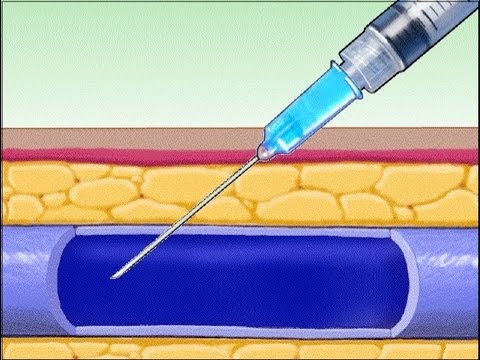The doctors in our affiliated hospitals use various injection methods to deliver stem cells. Depending on each patient specific condition, one or multiple methods of delivery will be used during a standard treatment session in order to maximize safety and efficacy. It is important to remember that Beike Biotechnology’s protocols always prioritize safety first and the injections methods provided are little invasive but still a very focused on delivering the stem cells as close as possible from the injury site. For more information regarding the different injection methods please see below.
Intramuscular Injection
An intramuscular (IM) injection is a shot of medicine given into a muscle. Intramuscular injections of stem cells can assist patients with muscular dystrophy to receive better health gains. These injections are made directly into the muscles of the affected areas. Upon admission, the doctors will examine the patient and decide how many stem cell … Read more
Intrathecal Injection
The Intrathecal Administration consist of an injection made into the spinal canal in order to access the cerebrospinal fluid (CSF) and by extension, the central nervous system. This type of administration allows to deliver the stem cells to the brain and spinal cord in an easier and more effective way. Prior injection, a lumbar puncture (LP) is performed in … Read more
Intravenous Injection
The intravenous injection (IV) can be defined as the infusion of liquid substances directly into a vein. IVs allow healthcare professionals to administer fluids, blood products, and medications directly into a patient’s bloodstream via a small tube. This allows rapid absorption and precise control over the dosage of the substance administered, which is vital for … Read more
Retrobulbar Injection
Retrobulbar injections (RB) are usually used worldwide to provide local anesthesia in the retrobulbar area (behind the eye). During Beike Biotech stem cell treatment protocol, this type of injection is utilized to deliver stem cells as close as possible from the optic nerve and/or retina in order to better target the site of injury.




